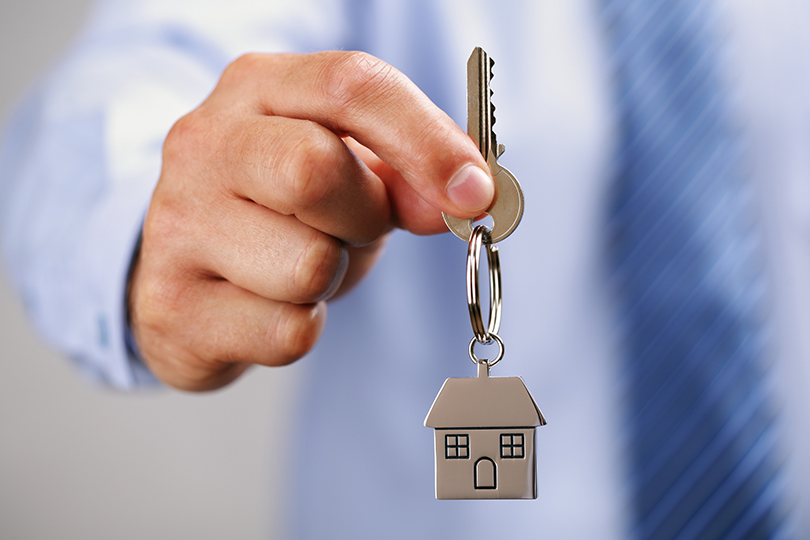By Brian Sloboda
The decisions you make about the energy efficiency of your new home will have lasting consequences. These energy-related decisions, such as how you heat, cool, light and insulate your home, are often overlooked.
The first step to maximizing energy efficiency is to select a properly sized home that meets your family’s needs. America is known for its sizeable homes, but after hitting a peak of 2,268 square feet in 2006, the median size of new single-family homes started to trend down.
The U.S. Energy Information Administration recently reported that, “as square footage increases, the burden on heating and cooling equipment rises, lighting requirements increase and the likelihood that the household uses more than one refrigerator increases. Square footage typically stays fixed over the life of a home, and it is a characteristic that is expensive, even impractical to alter to reduce energy consumption.”
According to the Department of Energy, appliances account for about 13 percent of the average household’s energy use. Clothes dryers, refrigerators/freezers, computers, microwave ovens, dishwashers and washing machines tend to use the most energy in a typical American home.
Many owners of new homes are interested in solar energy. If you are considering solar, make sure your home is as energy efficient as possible. This will enable a smaller, less expensive solar system to provide a substantial portion of your energy needs. Prices for solar panels dropped considerably over the last decade, and there are many financing models and incentives available to residential customers.
Installing an easy-to-use programmable thermostat is also a great way to efficiently operate your home. ENERGY STAR estimates a typical household can save $180 annually by properly using a programmable thermostat.
Regardless of the number of energy efficiency features in your home, occupant behavior is still a major factor in how much energy your household consumes. Unplugging appliances you rarely use, properly disposing a mostly empty second refrigerator, making sure you only run full loads in the washing machine, dryer and dishwasher, and turning out the lights — it all adds up in energy savings.
Brian Sloboda is a technical research analyst specializing in energy efficiency and renewable energy for the Business Technology Strategies.

